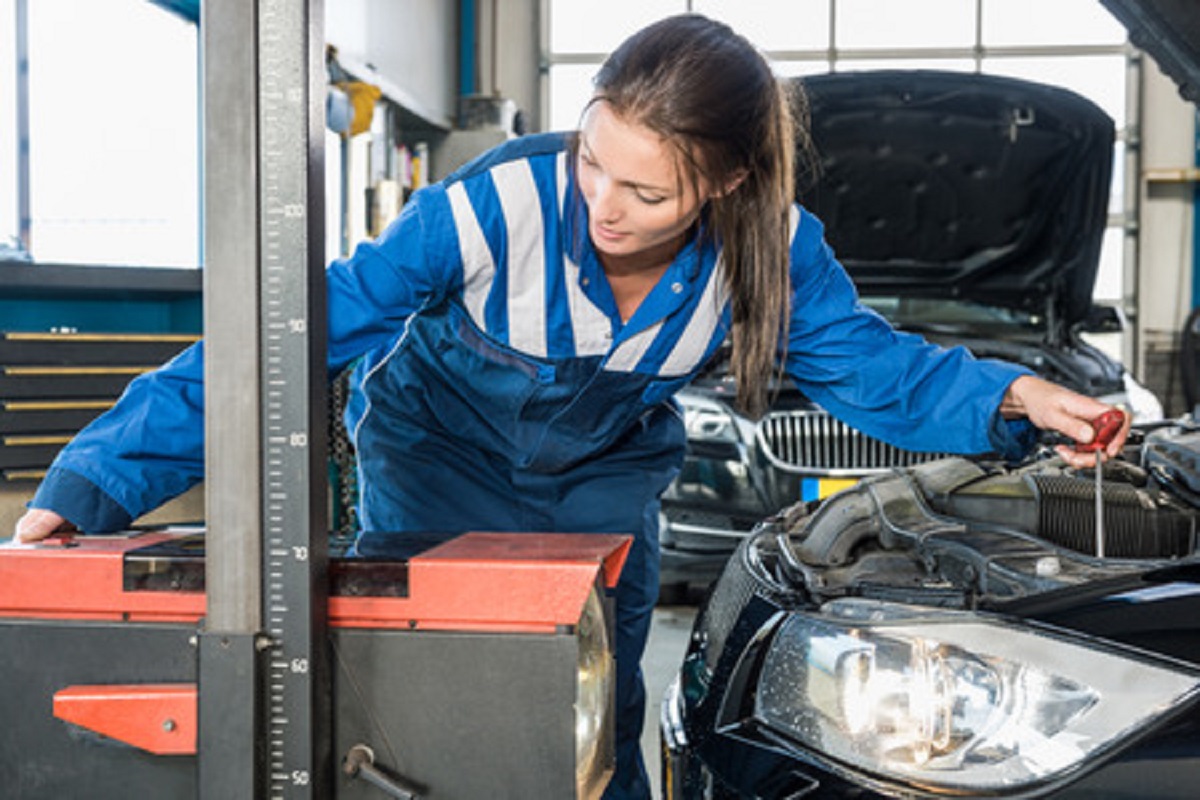One of the many expenses with vehicles are unexpected repairs. A reliable vehicle is always desired, making repairs and mechanic visits a top priority. Instead of shelling out hundreds of dollars for sudden car problems, be your own mechanic. If you have the proper tools and safety gear, you should be able to fix the following car problems.
Head or Tail Lights
Lights may flicker or just fail to turn on if you need to replace them. Refer to your car manual or local auto parts store to find the right bulb for your lights. Once you find the right bulb, remove the plastic covering and unplug the old bulb. Plug in the new light, and you’re all set.
Spark Plugs
Spark plugs are devices inside your cylinder that spark combustion in your engine, turning it on. If you have trouble accelerating or your car starts to jitter or vibrate loudly while idling, this is a sign you need your spark plugs replaced. Simply remove the covers, unscrew the old plugs, and put in the new clean plugs. If your engine is in an accessible spot, this is an easy task.
Squeaky Belt
A bad belt will squeak often and annoyingly. Make sure you understand the path your belt takes and how it’s attached. Then, loosen the tension arm and remove the belt. Make sure pulleys are clean and put on the new belt. Once it’s in place, tighten the tensioner, and you’re good to go.
Dead Alternator
For a car’s failing electronics, a new alternator could help. Just remove the power wire and harness connector. Then, unbolt the brackets and loosen the tensioner to free the alternator belt. Put in the new alternator and screw each bracket back in the way they were before. Reconnect power wires and connectors, then put the belt back on. Tighten the tensioner and run your vehicle to check the belt.
Leaky Radiator
If you can’t see your antifreeze after taking off the cap or you’re losing a lot of coolant, your radiator may be leaking. Raise your car and remove the drain bolt at the bottom of your radiator. While the coolant drains into a container, remove the overflow tank and cooling fans. Then, take off the radiator hose and the top brackets holding the radiator. You may need to remove your transmission cooling line depending on the car. Then, put in the new radiator and all the pieces. Refill the car with one part antifreeze and one part water.
Brake Pads
Like the timing belt, you may hear loud squeaking every time you brake, meaning your brake pads have worn down. To fix this, lift your car, remove the tire, and take off the caliper and pads. Avoid letting the caliper rest on the brake line. Put something around the caliper to help hold it up and remove the brake pads. Using a c-clamp, compress the piston back down into the caliper. Make sure it isn’t sealed in unevenly.
Look over the rotors for any deep grooves or warped surfaces. Then, slide the pads back across the rotors. From here, just reinsert the brake caliper over the pads and tighten the pins. When you’re done, check your brake fluid and enjoy the new pads.
Think you or someone you know is in need of Behind the Wheel Training? Training Wheels is a Linwood driving school specializing in teaching new teen drivers how to stay safe on the road. For more information on our lessons, please click here.
Copyright: 36clicks / 123RF Stock Photo

